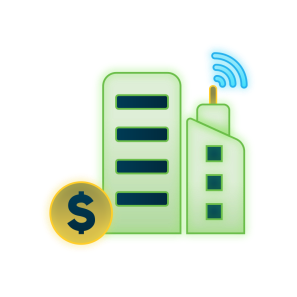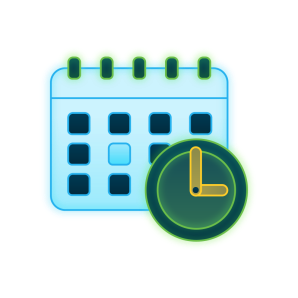Course Description
In the sixth lesson of our "Accounting 101" series, “Current Assets,” you will be introduced to the balance sheet, also known as the statement of financial position, which provides a snapshot of a company’s assets, liabilities, and equity at a specific point in time. This course focuses on a company’s main current assets, such as cash and cash equivalents, accounts receivable, prepaid expenses, and inventory, including the economic benefits associated with each and the circumstances that trigger their recognition.
By the end of this course, you will able to answer questions such as:
• What does a company’s balance sheet reveal about its business?
• What are the optimal methods for managing current assets?
• How does the timing of cash flows affect current assets and liquidity?
Introduction to the Balance Sheet

Current Assets Overview

Accounts Receivable

Writing Off Accounts Receivable

Estimating Credit Losses

Allowance for Doubtful Accounts

Prepaid Expenses

Inventory Overview

Cost Capitalization in Inventory

Course Review

Course Quiz




